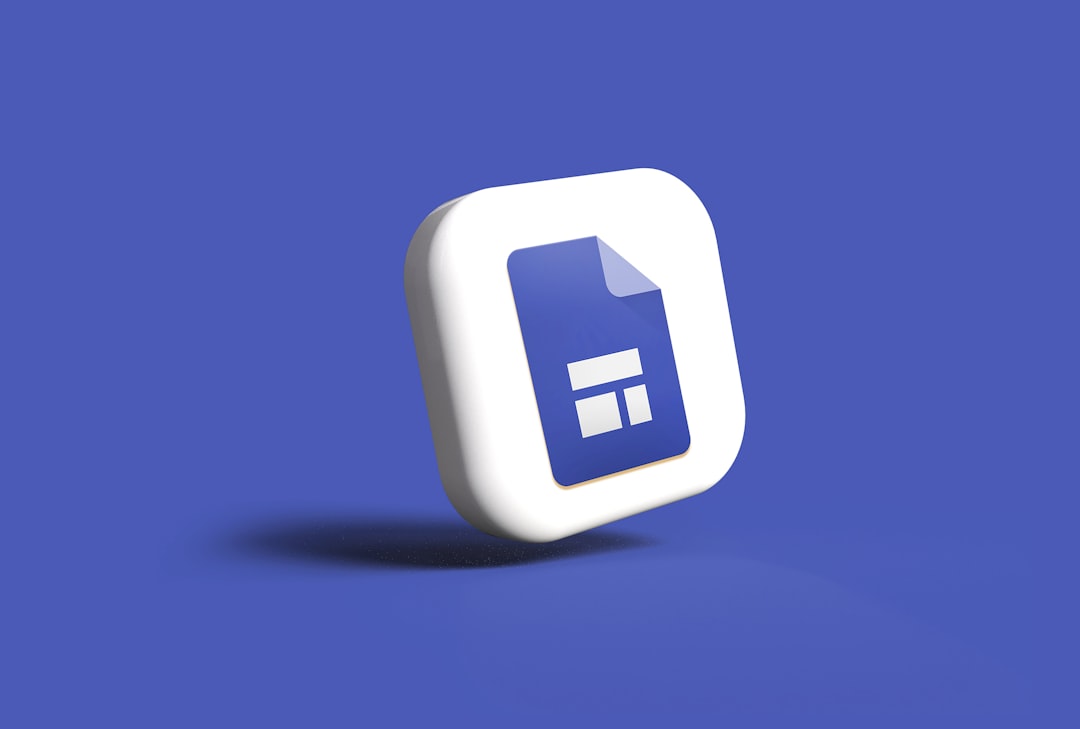Have you ever tried to transfer files from your computer to a website or a remote server? If so, you’ve likely run into the term FTP client. Whether you’re building a website, managing cloud files, or working on a collaborative project, understanding what an FTP client is and how it functions can save you time and make your workflow much smoother.
Contents
What is an FTP Client?
FTP stands for File Transfer Protocol, and an FTP client is a software application used to connect to remote servers to upload, download, and manage files. Simply put, it allows you to transfer files between your local computer and a remote server over the internet.
FTP clients act as an intermediary, translating your files into data that a server can receive. This is essential if you’re maintaining a website, updating a web application, or handling large sets of data remotely.

Why Would You Need an FTP Client?
While there are other methods of transferring files (such as email or cloud-sharing services), FTP clients offer several key advantages, especially when working with web servers. Here are a few reasons why they’re so valuable:
- Control and Flexibility: You get full control over your files and directories, including setting permissions and editing accessibilities.
- Batch Transfers: Easily upload or download multiple files and folders at once.
- Resume Interrupted Transfers: If your connection is lost mid-transfer, many FTP clients resume the upload or download where it left off.
- Site Synchronization: Helps update websites with the latest files and ensures local and remote files are aligned.
How Does an FTP Client Work?
An FTP client works by establishing a connection between your local device and a remote server using one of the supported protocols—typically FTP, FTPS (FTP Secure), or SFTP (SSH File Transfer Protocol).
The basic steps go like this:
- You open the FTP client and enter your login credentials (host/server address, username, and password).
- The client attempts to connect to the server through the port assigned for the protocol (usually port 21 for FTP).
- Once connected, the software presents a two-pane interface—your local files on one side and remote files on the other.
- You can now drag and drop files to transfer them in either direction.
Depending on the security settings of the server, you may be required to use FTPS or SFTP, which encrypt data during transfer to prevent interception or unauthorized access.
Popular FTP Clients You Should Know
There are several FTP client applications available, both free and commercial. Here are a few commonly used ones:
- FileZilla: Open-source and highly popular, it supports FTP, FTPS, and SFTP. Available on Windows, macOS, and Linux.
- Cyberduck: Known for its sleek interface, it supports FTP and SFTP, as well as cloud storage services like Amazon S3 and Google Cloud.
- WinSCP: A favorite among Windows users, ideal for SFTP file transfer. Offers scripting and automation capabilities.
- Transmit (for macOS): Offers advanced features and cloud support for macOS users.
Setting Up Your First FTP Connection
New to FTP? Here’s how you can set up your first FTP connection using a tool like FileZilla:
- Download and install FileZilla from the official website.
- Launch the application, and go to File > Site Manager.
- Add a New Site: Click “New Site,” then enter your connection details:
- Host: The server address (e.g., ftp.mywebsite.com)
- Port: Usually 21 for FTP, 22 for SFTP
- Protocol: Choose FTP or SFTP
- Logon Type: Select “Normal” and input your username and password
- Click Connect: Once connected, you’ll see both local and remote file directories.
You’re now ready to transfer, modify, or delete files on the server directly from the FTP client!
Key Features to Look for in an FTP Client
When choosing an FTP client, look for the following features to ensure seamless file management:
- Cross-platform Compatibility: If you use multiple operating systems, make sure the application supports them.
- Drag-and-Drop Interface: Easy navigation and usability are very important for beginners.
- Secure Protocol Support: Ensure it supports FTPS or SFTP for encrypted connections.
- File Editor Integration: Quickly open and edit files in your favorite code editor without downloading them first.
- Synchronization and Backup: Great for keeping local and remote versions of a site in sync.
Understanding FTP Protocol Types
Not all FTP connections are created equal. Here are the key protocols you should know about:
- FTP (File Transfer Protocol): Original, unencrypted protocol. Fast but not secure. Best used in private networks.
- FTPS (FTP Secure): Adds SSL/TLS encryption to FTP. Suitable for secure data transfer in sensitive applications.
- SFTP (SSH File Transfer Protocol): Works over the SSH protocol and is more secure than FTP/FTPS. Recommended for sensitive or confidential data.
Choosing the right protocol matters, particularly for businesses or developers working with sensitive data. SFTP is generally the safest option.
Common Use Cases for FTP Clients
FTP clients are widely used by:
- Web developers: To manage website files, themes, and plugins.
- Network administrators: For server management and remote troubleshooting.
- Photographers and designers: To upload high-resolution images to servers or share work with clients.
- Businesses: For backup and archiving of important corporate data.
Basically, anyone who needs to manage large or numerous files remotely can benefit from an efficient FTP client.
FAQs About FTP Clients
1. Is an FTP client the same as cloud storage?
Not exactly. While both help transfer files, cloud storage apps (like Dropbox or Google Drive) rely on specific infrastructure and software, often with less control. FTP allows more direct, customizable connections to private servers.
2. Is it safe to use an FTP client?
Yes—if you use secure protocols like FTPS or SFTP and connect only to trusted servers. Avoid using plain FTP for sensitive data, especially over public or unsecured networks.
3. Can I use FTP on mobile devices?
Yes! There are mobile FTP clients available on both Android and iOS platforms, although they tend to have limited features compared to desktop versions.
Conclusion
An FTP client is a fundamental tool for anyone working with websites, servers, or remote data. With the ability to securely transfer, manage, and organize files, it turns complex server tasks into simple drag-and-drop operations.
Whether you’re a beginner launching your first website or an experienced administrator managing server backups, learning to use an FTP client can massively improve your digital productivity. Start simple with a beginner-friendly client like FileZilla—and soon you’ll wonder how you ever worked without one!


